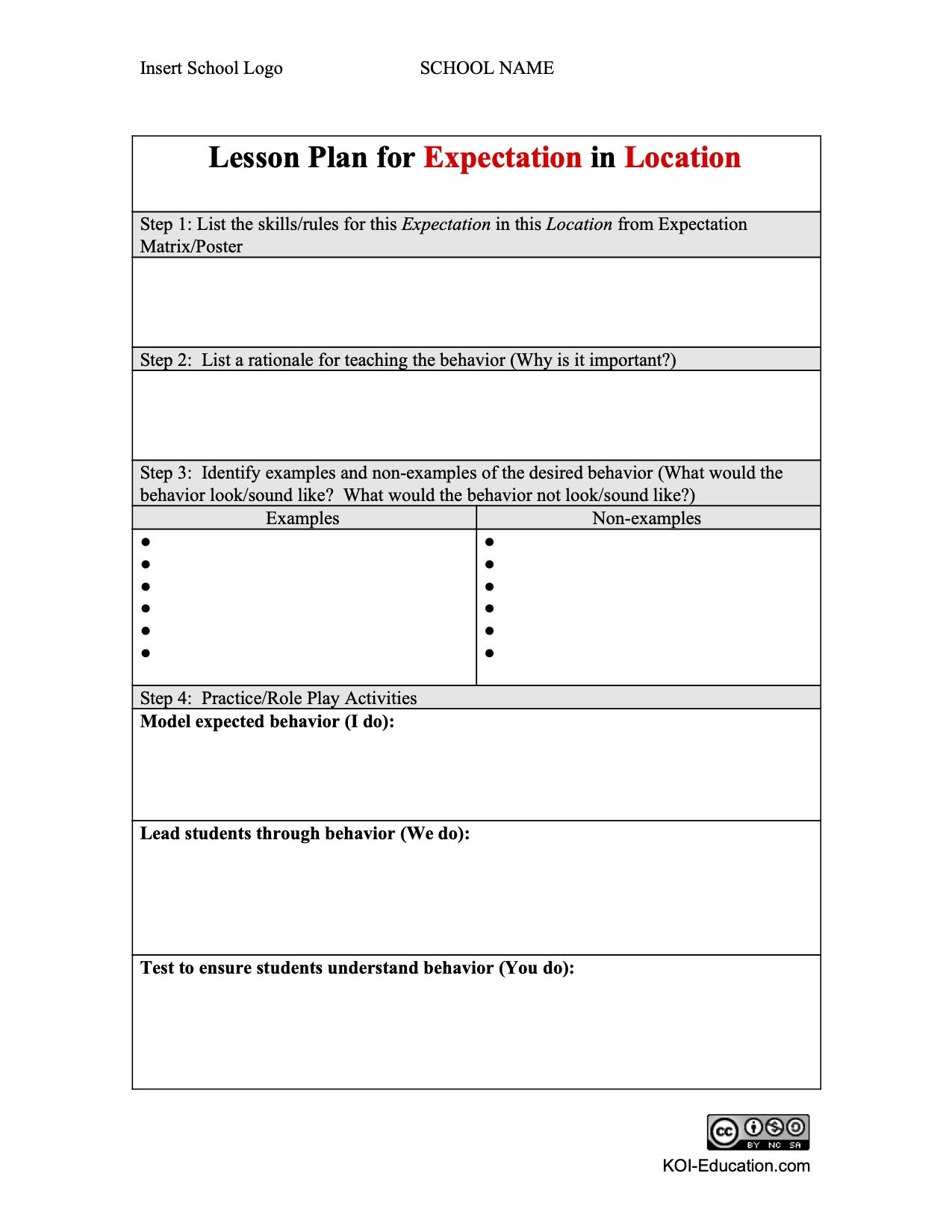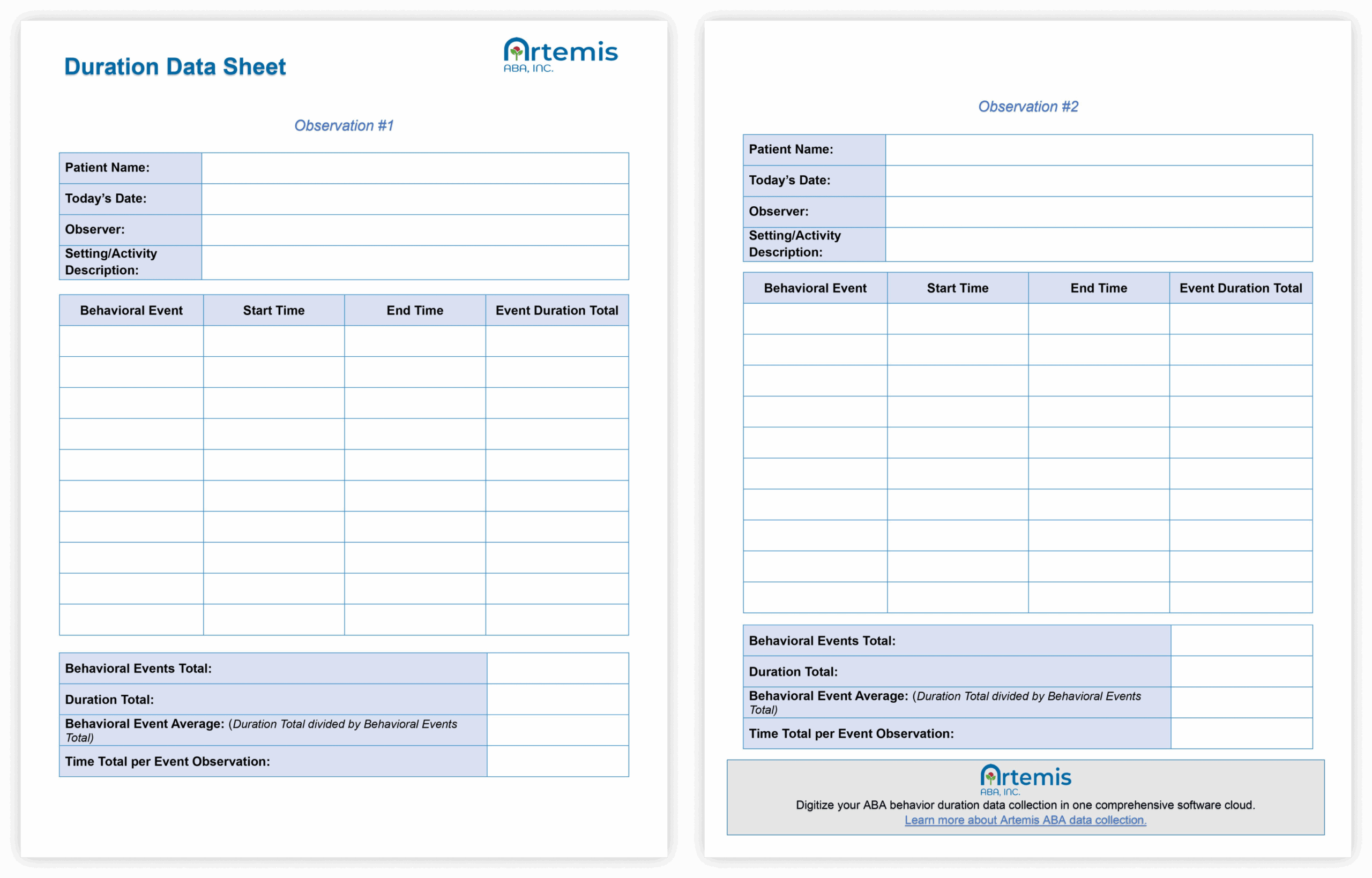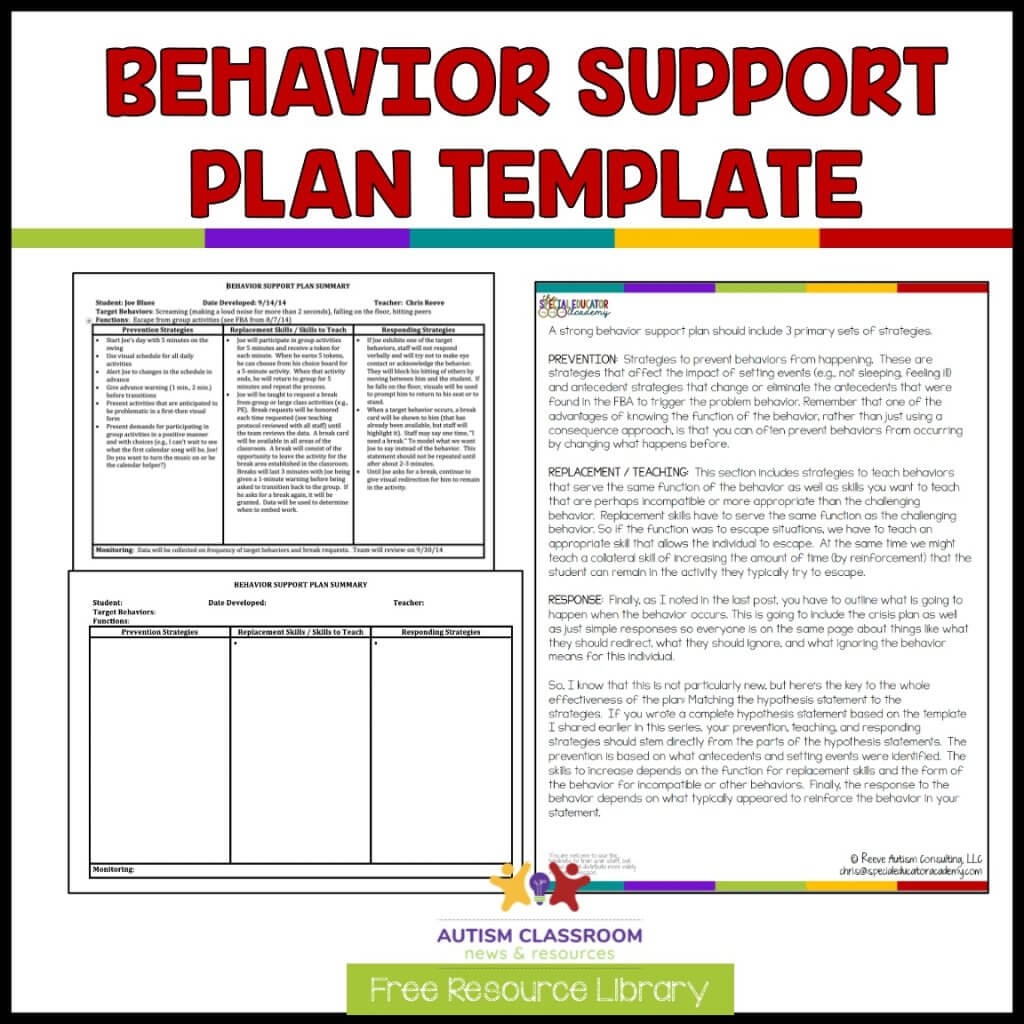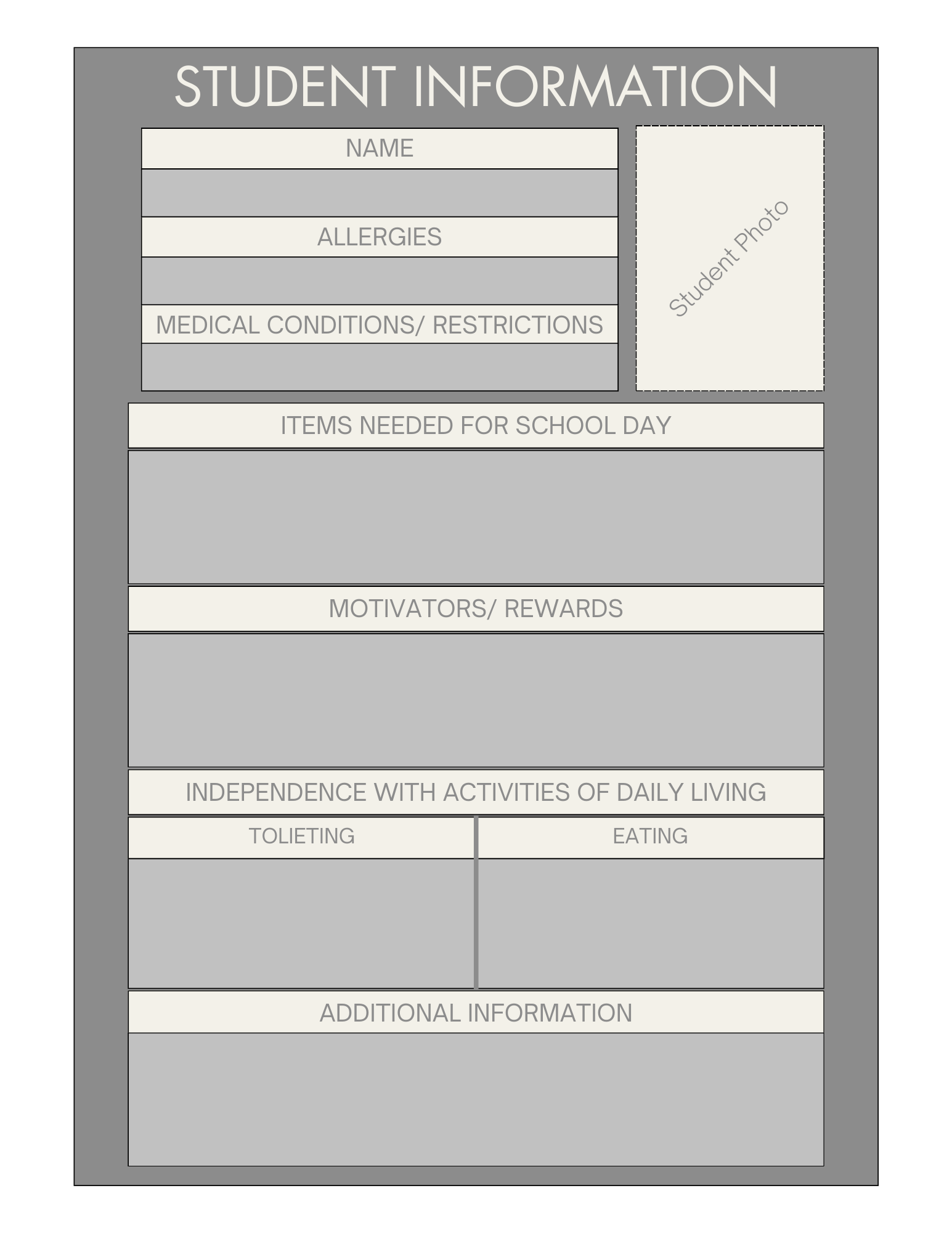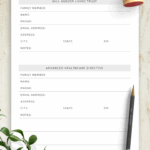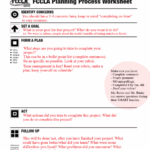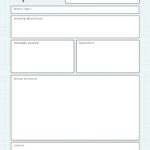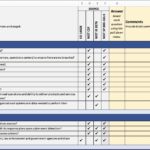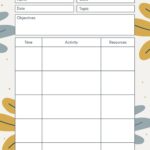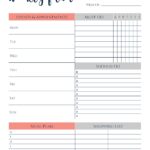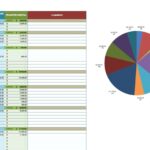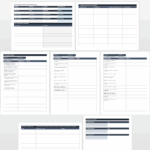Are you looking for an effective way to manage behavior in your classroom or at home? Creating a behavior plan template can help provide structure and consistency for both you and the individuals you are working with.
By outlining expectations, consequences, and rewards in a behavior plan template, you can set clear guidelines for behavior and create a positive learning environment. This can be especially helpful for children, students, or individuals with special needs.
Behavior Plan Template
Behavior Plan Template: A Guide to Creating One
Start by identifying the specific behaviors you want to address in the behavior plan template. Be specific and measurable in your descriptions to make it easier to track progress and adjust the plan as needed.
Next, outline the consequences for both positive and negative behaviors. Clearly define what will happen when expectations are met and when they are not. Consistency is key in reinforcing the desired behaviors.
Don’t forget to include rewards for good behavior. This can be anything from verbal praise to tangible rewards like stickers or extra free time. Rewards help motivate individuals to continue exhibiting positive behaviors.
Review and adjust the behavior plan template regularly. As behaviors improve or change, you may need to modify the plan to reflect these developments. Stay flexible and open to making adjustments as needed.
Creating a behavior plan template can be a beneficial tool in promoting positive behavior and creating a structured environment. By setting clear expectations and consequences, you can help individuals reach their full potential and achieve their goals.
Lesson Plan Template For PBIS MTSS KOI Education
ABA Behavior Intervention Plans U0026 Templates Artemis ABA
Designing Behavior Support Plans That Work Step 4 Of 5 In
Behavior Intervention Plan At A Glance Behavior Analyst Resource
47 Useful Behavior Plan Templates BIP Examples TemplateLab

